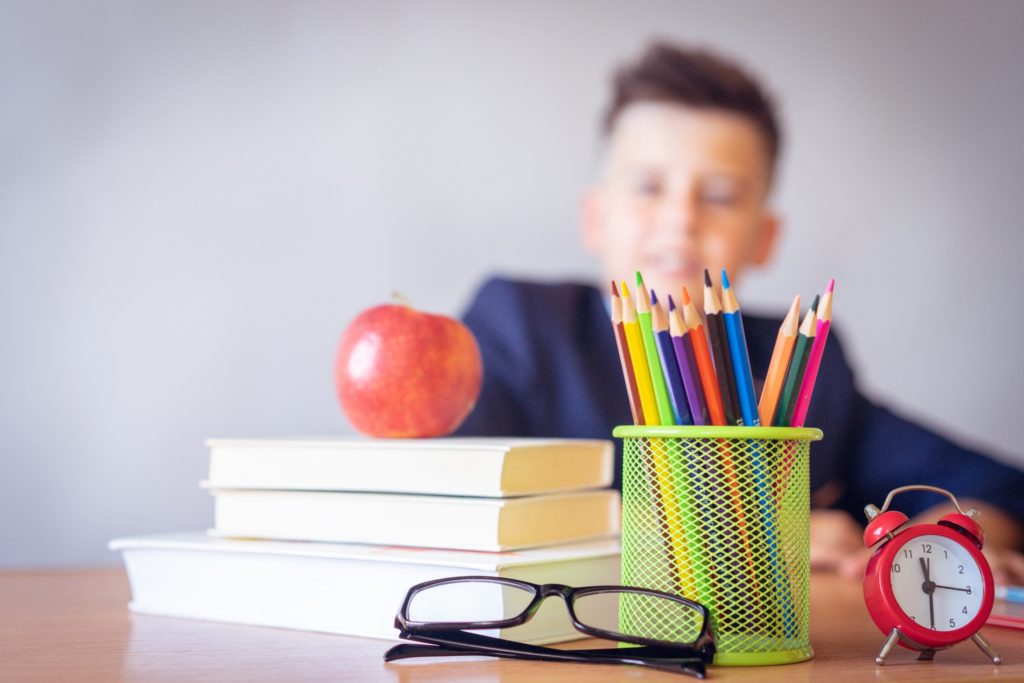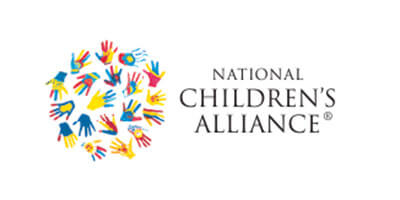"One out of every 4 children attending school has been exposed to a traumatic event that can affect learning and/or behavior."
As a new school year begins, it is important for school administrators, teachers, and staff to be aware of the number of students who are impacted by trauma. As children spend the majority of their time within their schools throughout the year, school personnel are at the front line of recognizing the symptoms of trauma in their students. Unfortunately, with trauma, the symptoms can go unrecognized, as they can be mistaken for ADHD and other behavioral problems. This makes it difficult for educators to identify symptoms of trauma in their students, resulting in students potentially not receiving the level of support they need to be successful in the classroom.
The framework below emphasizes each of these tiers as strategies that are critical to creating a trauma-informed school. Although the framework attempts to break down the complexity of a school system and its environment into discrete components, no single core area should be viewed in isolation.
Educators play a critical role in helping and supporting students as they work through their experience with trauma. Tips and strategies to help educators to better understand students who have been through trauma and increase support in the classroom include:
-
Know The Signs- As stated previously, symptoms of trauma can easily be mistaken for other behavioral problems. When children experience trauma they can begin to experience emotional and physical symptoms. Emotional symptoms can be related to the stress that resulted from their trauma. Experiencing stress can lead to the students having difficulty regulating their emotions; such as aggression, overreaction to minor irritations, skittishness, impulsivity, and fear of new or unfamiliar settings or people. Physical symptoms can also be noticed, such as appetite issues, weight changes, frequent illness, poor hygiene, headaches, and exhaustion.
-
The Connection Between Stress and Learning- Childhood trauma can make it difficult for children to learn and experience academic problems as the trauma can diminish their ability to concentrate, comprehend, recall things, and their organizational and language abilities. Creating a safe and accepting environment in the classroom can help the students’ ability to learn. Educators can create this environment by first letting the student(s) know that you understand their situation and are there for support. Scheduling regular “brain breaks”, such as free time to play a game or color, can help with the lack of concentration student(s) experience and allow them to have time to recharge before the next task. The more that educators are able to help the student(s) become less anxious and focus on the tasks given, the better the performance you will notice from the student(s).
-
Provide Consistency and Structure- Children who experience trauma often worry about what is going to happen next. Children can be triggered by a lack of clear structure, boundaries, and routines. Providing these students with daily structures and clear expectations can help stressed student(s) feel safe. Normalcy can be extremely comforting and healing, especially for student(s) who do not feel in control of their lives due to inconsistencies in their homes.
To help alleviate emotional stressors and prevent behavioral incidents, educators can implement different techniques in their classrooms. For instance, sharing the agenda for the day helps students know what to expect and time to get comfortable. Due to some students benefiting from other sensory cues, educators can also have a storyboard that shows which learning activity the class will do and when it will occur.
-
Setting and Achieving Goals- Children who experience trauma may experience difficulties with feelings of self-worth and being in control of their situation. Educators can find opportunities that will allow the student(s) to set and achieve goals that can provide them with this sense of mastery that children with trauma can benefit from. Although telling a student that they are good at a certain subject can be encouraging, educators should also provide the student with opportunities to actually feel their worth through concrete tasks. These opportunities can include being assigned to a job within the classroom that the student can do well at, or allow them to be a peer helper to a classmate. Having these experiences can be empowering for the student(s) and set them up for success.
-
It Is OK to Ask- Although educators are not trained in treating students who have experienced a traumatic event, support can still be provided within the classroom. Instead of gaining detailed information about the child’s story, educators should focus on the student’s presenting behaviors and difficulties within the school setting. Educators do not have to dig deep into the student’s trauma to be able to effectively respond with empathy and flexibility. Do not be afraid to ask students directly what their needs are and how you can better help them.
“Each child’s experience with trauma is different, including the symptoms they experience and their needs within the classroom setting.”
A child’s reactions to trauma can interfere with their learning and behavior at school. However, it is important to keep in mind that each child’s experience with trauma is different, including the symptoms they experience and their needs within the classroom setting. Schools serve as a critical system of support for children who have been affected by trauma as they can help reduce the effects of trauma. This can be done by school personnel recognizing trauma responses, making accommodations for traumatized students within the classroom, and referring their students to outside professionals and other resources when necessary.
For more information on how to create or improve a trauma-informed school, click here.









